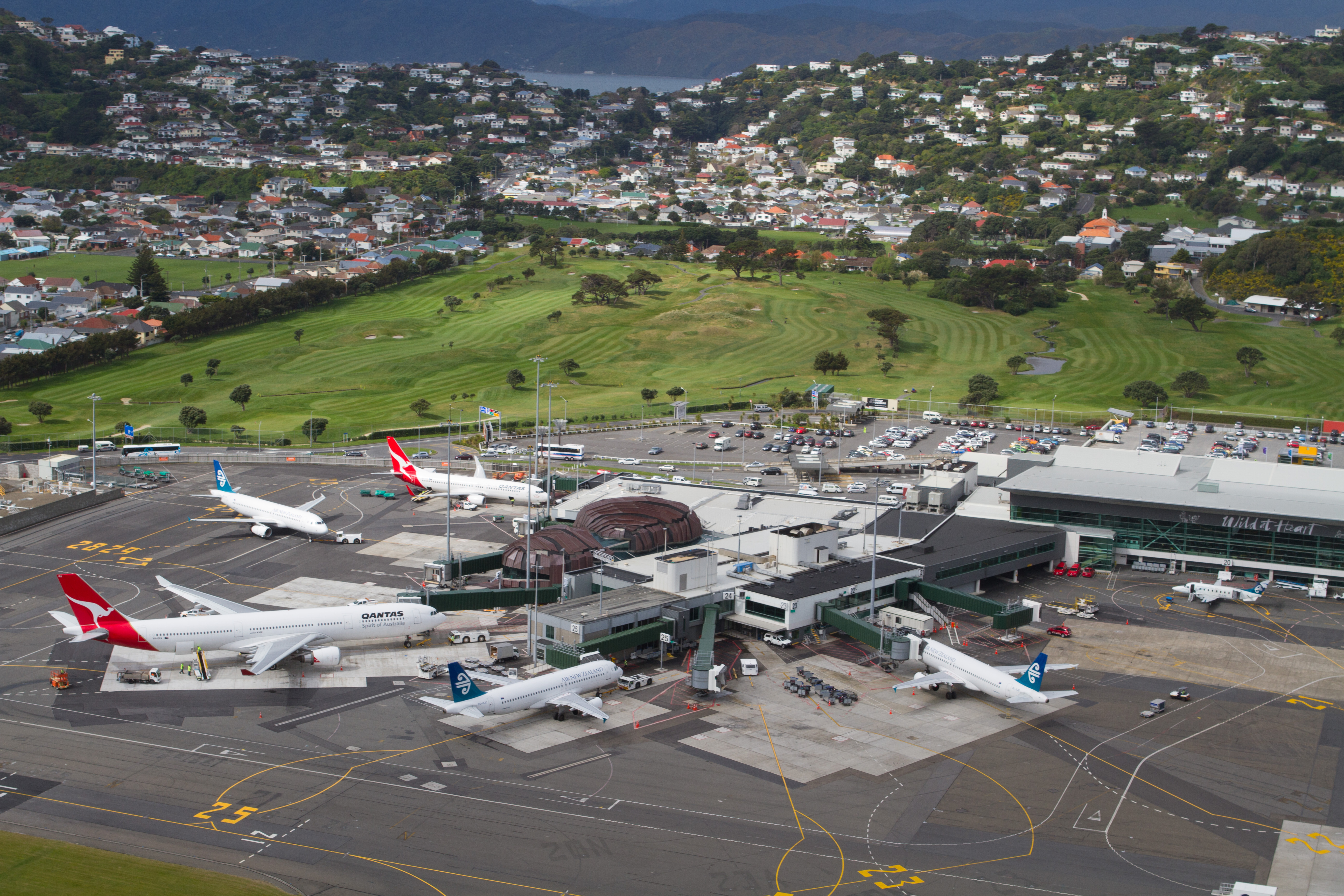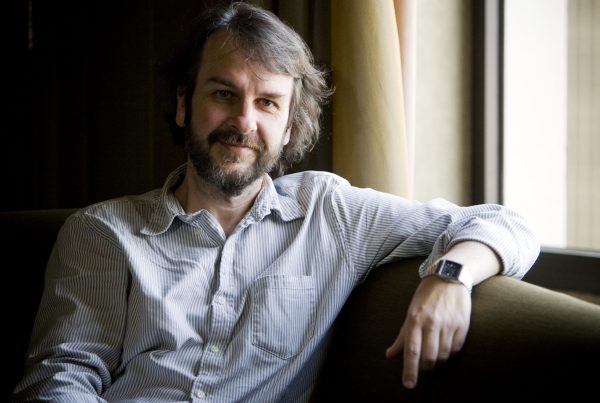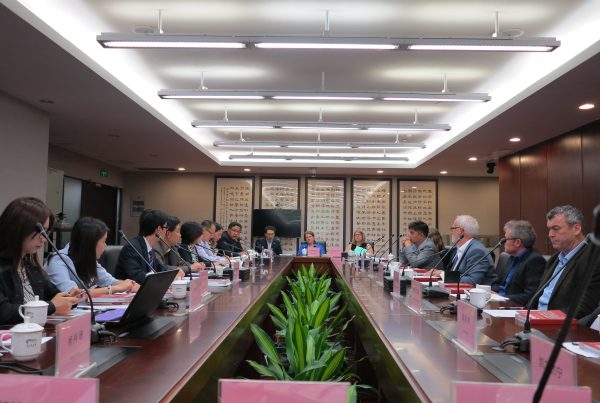The question of whether Wellington Airport should extend its runway isn’t exactly a new one. It was first mooted as early as 1970 in a report by the New Zealand Institute of Economic Research. However, over the last couple of years discussion around it has heated up substantially. Research suggests that 85 percent of Wellingtonians are in favour of such a project, and in March 2013 Wellington Airport confirmed they were considering a 300-metre extension, most likely to the south and built on a combination of steel piers and reclaimed landfill. Several months later, Wellington City Council agreed to contribute half of the $2 million cost of the research and resource consent.
Early in October, Wellington Airport and Wellington City Council unveiled a detailed report by consultants EY (formerly Ernst & Young). The document outlines the benefits, both in terms of economic growth and connectivity, that could come with extending the southern end of the runway. With airline commitment, direct flights to Honolulu, Los Angeles and many key cities in Asia could be on the cards. Handled correctly, it could reduce international travel time from the capital by a third.
Financially speaking, EY’s analysis suggests that the project may bring $1.75 billion into the national economy, and $684 million into the Wellington region by 2060. These benefits will come through projected increases in visitors, business and international students. The catch is the $300 million price tag for the extension — and the question of who should pay for it. As stated in the report, “Stage one of this project will be the accumulation of all the facts: economic, ecological and cultural. Stage two will be consultation and consenting. If the facts and the people of Wellington are supportive, stage three will be funding and construction.”

Evening Post cartoonist Nevile Lodge predicted thirty years of debate over the airport’s future back in 1973. He was 12 years too optimistic.
It sounds like a good idea, and in general Wellingtonians are supportive, but not everyone is convinced. I talked to some people involved to get a clearer vision of what the extension could mean for the city and the region.
The airport is co-owned by Wellington City Council and Infratil, so first off, I visit the offices of the company that manages their investment, H.R.L Morrison & Co. After entering the post-modern waiting room and walking through a sliding wall, I’m greeted by Tim Brown. He’s their capital markets and economic regulation man, and the chair of Wellington Airport. “The thing I like about this project is it’s only going to happen if a lot of people in Wellington want it to happen,” he enthuses.
They’d been thinking about an extension for some time. But at a cost of $300 million, with only a $50 million benefit for the airport, the numbers didn’t make sense. “[Our CEO] Steve Sanderson had an idea,” Brown recalls. “He said, ‘Don’t look at it like that. Look at who else is going to benefit out of this thing, and can we get them to help pay for it.’ That was a real light-bulb moment… The obvious way is getting taxpayers and ratepayers involved.”
Sanderson gave a breakfast presentation to the Chamber of Commerce. The Mayor and a couple of councillors were there. Afterwards, the council committed to providing half the funding for an investigation. The airport took them up on it, leading to the EY report. “We’ve ended up thinking it looks like a really good idea, but we still have the $50 million/$300 million problem,” he admits. Given this, they created a simplified update available as booklet/download, and a website.
“We did the update because we need to create a public awareness with this issue,” Brown says. “The hope is that enough people will say, okay, we have the basic gist here. Then if they want, they can get involved at the next level by coming back and talking to us about it.”
As their investigation funding support would suggest, Wellington City Council like the idea of an airport runway extension. To find out how much they like it, I spent some time with Deputy Mayor Justin Lester. “We see this as a major economic development project for the city,” he says. “We know it won’t happen in the short term, but certainly within the next ten years.”
Like Brown, Lester is quick to identify the runway extension’s funding gap and potential for significant returns. The question they’ve been asking themselves is, ‘How much can we afford as a council?’
“We would love the support of the government,” says Lester. “They’ve said they want to see the business case, and the business case is robust.” He enthuses about the project’s potential to make Wellington an internationally competitive city, help secure its future and reduce travel times. “It all stacks up,” he says.
From his perspective though, what needs to happen next? “We’re going to look at some money this year, some additional funding for resource consent applications,” Lester explains. “I hope that will be approved and go through, and then it really just comes down to funding.”
Alongside council investment within reason, and seeking government support, Lester also suggests the idea of a levy on airport users. “I don’t think people would mind paying an extra $5 to take a flight out of Wellington if it means they can fly directly as opposed to venturing via Sydney, Melbourne or Auckland,” he says. “These are options we’d throw in the mix. Hopefully, we’ll get some good support… We as a council are committed to seeing it through.” Again echoing some of Brown‘s sentiments, Lester sees public understanding, engagement and support as extremely important.
As much as he understands the enthusiasm, Economic Development Minister Steven Joyce thinks it’s important to be cautious as well. Investment into runway infrastructure around Australasia has shown that passenger and flight numbers don’t always meet predicted demand.
“There are many aspects of the way aircraft are routed between different airports that are not immediately obvious when you look at these sorts of proposals,” he explains. Auckland is seen as the key hub for New Zealand, while northern hemisphere airlines head south to Australia first before flying on to New Zealand as a link. “The challenge really is how much Wellington can key itself into these emerging trends, beyond just extending the runway and planning for flights to come.”
Joyce thinks the best people to assess what investment to make in the airport are the owners, and as part of that, their customers. If the shareholders (the airport and the city) are keen to invest, and the airlines are supportive, the Minister thinks it’s a good sign. “Those sort of economic signals really are important, because they insure against making bad business decisions that are ahead of the game.”
The Minister describes the airport and council’s hope the government might invest as, “Effectively like saying, we don’t want to put in the money, but we’re quite keen for the taxpayers to put it in.” He also notes the government has already committed $2.5 billion to the Levin-to-airport corridor as a roading investment. However, he’s happy to talk with the airport and council. “We don’t have big dollops of cash lying around to gift off in these situations. It’s something that will have to be worked though. I’m not saying they shouldn’t do it. I’m saying they’ve got to do it with their eyes open because it’s a big investment.”
When I talk to John Beckett, the executive director of the Board of Airline Representatives New Zealand (BARNZ) by phone later that day, the question ‘Who’s going to pay for it?’ hangs in the air as well. He describes their discussions with the airport as being in their early stages. Beckett is interested in seeing a counterfactual, which is essentially a comparison showing what would happen if the investment went ahead alongside what would happen if it didn’t.
“As we understand it at the moment, the airport believes that either the government or the council would provide a large part of the capital,” he says. BARNZ don’t see central government wanting to take part in it, which would leave it with the council and the airport.
Beckett notes that if the airport had to bear the full cost, they’d be seeking revenue of $50 million a year. “There may be an airline in Asia or North America that would be willing to fly into Wellington. Chances are they would actually seek a subsidy to do that, rather than contribute to this extra $50 million that the airport would be seeking. By definition, the ones that are already flying in there don’t need the extension. They have no desire to pay additional charges for something they don’t need… Altogether, if the airport gets this wrong, it’s likely to be detrimental to all the other [flight] services to Wellington that are important.
“This is where we are at, at the moment,” he says. “We are starting to work a bit more deeply on it. We’ll be talking to the airport about it, and trying to get answers to our questions.”
Outside of financial concerns, there are questions as to the impact the extension will have on Moa Point residents and also the iconic ‘The Wall’ surf break at the eastern end of Lyall Bay. Moa Point resident Martyn Howells doesn’t see himself as a spokesperson for the community. However, having already provided comment for a local newspaper, he shared a few thoughts.
“I would qualify my last statement that I wouldn’t like to lose my view, (because obviously no one wants to lose their view, do they?), by saying, if there is going to be any progress on this, I hope they do due diligence,” he says. “I’d hate to find myself in a situation where after five years of construction it’s been built, and then they discover people aren’t coming to Wellington just because we have a longer runway.” Howells continues, “The financial predictions are very long term. The figures that have been quoted are the amount of money it would bring into the area over the next 40 years. An awful lot can happen in 40 years, can’t it?”
While an awful lot can happen in 40 years, if it’s properly handled the airport and the council’s research suggests extending the runway could be very beneficial, not just our city, but to the whole country. Direct flights to Los Angeles, Honolulu, Tokyo and Manila sound pretty great, and the research makes some convincing arguments for economic value. As a city do we want it to happen? If so, how do we want it to happen? Do we need central government to be involved? If they aren’t able to help, what sort of alternatives are we willing to consider?
For more information, visit:
Wellington Airport Timeline
1929: Grass airstrip laid to form the basis of Rongotai Aerodrome.
1938: International flying boat service operates from Evans Bay.
1947: Rongotai Aerodrome closed for safety reasons (the grass strip became too muddy in winter). Paraparaumu Airport becomes New Zealand’s busiest as a result.
1950: Plans are developed for a completely reconstructed Rongotai Airport, including one proposal to move it entirely to the west of Lonsdale Crescent, roughly where the ASB Sports Centre is now. This development would have involved massive land reclamation or pontoons to the north, some kind of monorail from the causeway to the terminal in Lyall Bay and a model boat harbour. In the end, it is decided to redevelop the existing Rongotai Aerodrome site using land from the Miramar Golf Course.
1956: TEAL (forerunner to Air New Zealand) closes the Evans Bay flying boat terminal.
1958: Houses are demolished, hills are bulldozed and construction commences.
1959: Wellington Airport is opened to the public on 25 October 1959. The terminal is a repurposed corrugated-iron de Havilland aircraft hangar, which despite being a regional embarrassment, was not properly replaced until 1999.

Rongotai airport plan 1950. Negatives of the Evening Post newspapaer. Ref: 114/182/01‑G. Alexander Turnbull Library
Early 1970s: Runway extended to 1,936 metres to allow for DC-8s (which were about to cease production as they were superseded by new wide-bodied Boeing jets).
1986: Corrugated-iron terminal building refurbished but not replaced.
1998: Wellington Airport privatised. Now 66 percent is owned by Infratil, with the remainder owned by Wellington City Council.
1999: New terminal opened.
2011: The innovative (and unusual) new international terminal, The Rock, wins multiple architectural awards.
2014: One of Weta’s giant eagles suspended above the terminal crashes to the ground during the January earthquake.






